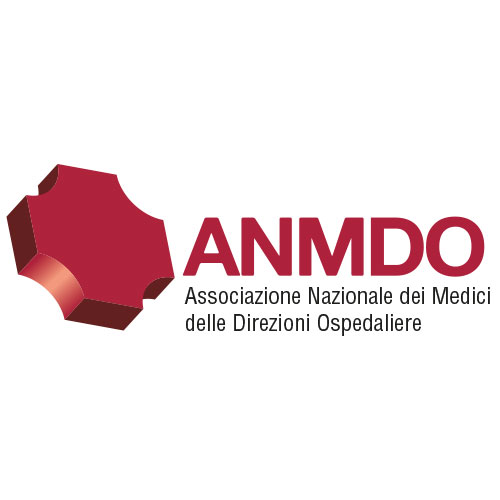
by cristiano | Oct 17, 2018
Medical-surgical procedures are subject to the consent of the person to whom the act is intended. Prior information to the acquisition of consent must be provided in a clear and comprehensible way and it’s the doctor’s duty to ensure that the person has acquired...

by cristiano | Oct 17, 2018
Orthostatic hypotension is defined as a reduction in systolic pressure higher than 20 mm Hg or in diastolic pressure higher than 10 mm Hg compared to supine (horizontal position) after 3 minutes of standing (standing position) This condition is not always poorly...

by cristiano | Oct 17, 2018
The loss of consciousness must be adequately witnessed, or the patient must be able to state that for a certain interval of time he has not perceived himself or the surrounding environment; it is common that the diction loss of consciousness is used inappropriately to...

by cristiano | Oct 17, 2018
The indication of the positivity to alert microorganisms in the letter of discharge or in the transfer document to another healthcare facility represents an essential information to ensure the correct patient management both at home and in healthcare facility. The...

by cristiano | Oct 17, 2018
The prevention strategies for Surgical Site Infections (SSI) are focused on three areas: patient, surgical technique and environmental conditions of the operating room. Among the latter, it is important to refer to the air quality (particle and microbial...








Recent Comments